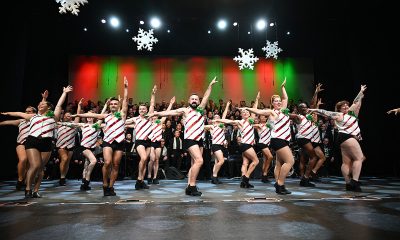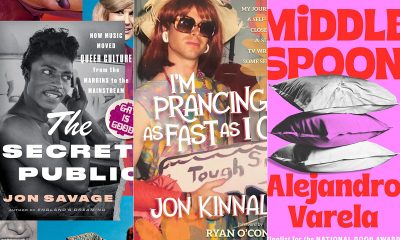Books
Celebrating Arab and Muslim heritage, art, gastronomy
Three new books open a window to influential cultures
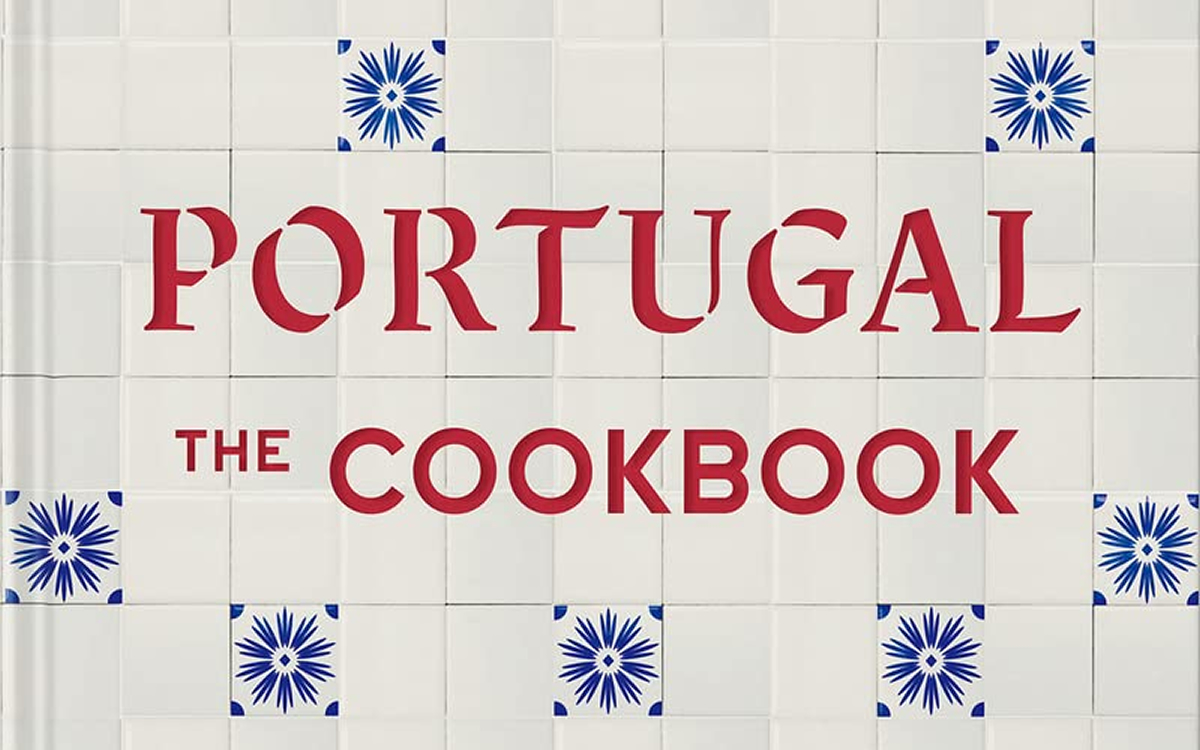
As a college student, I hungered for Arab and Muslim representation. Prejudice against our communities was mainstream and demoralizing. Things, however, can sometimes change sooner than we expect.
Although Muslims and Arabs are still maligned, it is no longer as widespread and is often counterbalanced by allyship and, crucially, Muslim and Arab representation. From Hulu’s “Remy,” Netflix’s “Master of None,” HBO Max’s “Sort Of,” to the upcoming premiere of Disney+’s “Ms. Marvel” to Muslim characters on “Love Victor,” “Never Have I Ever,” and “Genera+ion,” Muslim characters and creators are now common. And these creators are diverse, proud, and often queer.
Mahersalah Ali is a two-time Oscar winner (one for the Black queer Best Picture winner “Moonlight”) and Riz Ahmed is the first Muslim to be nominated for Best Actor; he won an Oscar this year for a short film taking on British xenophobia, and spearheading an initiative to boost Muslim representation in Hollywood from screenwriters to actors.
From starving to satisfied, it has been quite a transformation in American culture. And it’s not only TV and film. Political representation isn’t novel anymore. I still remember when former Rep. Keith Ellison was asked on CNN to prove his loyalty by the conservative host Glenn Beck. Today, Reps. Ilhan Omar and Rashida Tlaib are progressive trailblazers. Irvine, Calif., has a Muslim mayor in Farrah Khan. Joe Biden has nominated the first Muslims to the federal judiciary, one has been confirmed and the other, civil rights lawyer Nusrat Choudhury, awaits Senate confirmation. And Biden, lest we forget, said “inshallah” (God willing) on the presidential debate stage. “We’ve made it,” I want to shout. But I know we’re still fighting for full normalization in American life.
Hence my excitement over three new books (two cookbooks and one art text) that feature Arab and Muslim heritage, art, and gastronomy.
Arab roots of Portuguese cooking
“To these new rulers [the Moors], cuisine was an art, and food a gift from God that should be consumed in moderation and shared with those in need,” writes Leandro Carreira, the author of “Portugal: The Cookbook.” It’s not surprising to learn that Arabs and Berbers shaped the evolution of Portuguese cuisine, but what’s striking is the nature of its legacy. In this cookbook of 700 recipes, half draw from the Moors.
When Moors conquered the Iberian Peninsula (Portugal and Spain) they brought with them not only warriors and administrators but architects, astronomers, poets, and, inter alia, cooks along with cookbooks, such as the Medieval “Kitab al Tabikh.”
The Moors introduced hydraulics that irrigated the farmland (along with orchards and leafy gardens) and beautified the land by planting citrus trees both for the fruit and scent. The list of crops introduced by Moors includes eggplant, artichoke, carrot, lentils, cucumber, and lettuce. The latter would later christen the residents of Lisbon, who are colloquially known as Alfachinhas (“little lettuces”). Moors popularized sour oranges, apricots, dates, melons, and watermelons; spices such as pepper and ginger; pickling of olives and nuts; sour marinade to preserve fish; rose water and orange blossom. The Moors’ vinegary salads were the precursor to gazpacho. The introduction of sugarcane later severed Portuguese colonization and fueled the slave trade, and transformed sugar from luxury to staple.
Naturally, the North African rulers brought couscous, the main consumed wheat until the late 16th century. To this day, northwestern Portuguese villagers prepare couscous using the methods and utensils introduced by Berbers 900 years ago.
The Moors cultivated hospitality and conviviality at the table along with the order in which food is served: soups followed by fish or meat and concluding with sweets. The Arabs’ cousins, the Jews played their part in shaping Portuguese cooking, too. Jews prepared their post-Sabbath meal by laying aside a slow-burning stew of meat, chickpeas, collard greens, hard-boiled eggs, and vegetables; today, the Portuguese call it Adafina. Jews introduced deep-fried vegetables and Portuguese missionaries later brought them to Japan and (voilà!) tempura.
In its history, “Portugal” evokes our interwoven humanity.
Arabiyya: Cooking as an Arab in America
The past few years have seen cookbooks with narratives of culture and personal journeys foregrounding recipes — many focused on Arab culture. “The Gaza Kitchen” by Laila el-Haddad and Maggie Schmitt and “The Palestinian Table” and “The Arabesque Table” by Reem Kassis, for example. To this list, we can add “Arabiyya: Recipes from the Life of an Arab in Diaspora” by the James Beard finalist Reem Assil.
For connoisseurs of Arab food in America, Reem is no stranger. Reem’s California, a bakery in Oakland and San Francisco, has acquired temple status for its use of California’s ingredients in the service of Arab dishes. A few years ago, the New York Times praised Reem’s as an “Arab Bakery in Oakland Full of California Love.” (The bakery was, sadly, the target of vulgar anti-Palestinian prejudice for its mural of Palestinian activist Rasmeah Odeh.)
Food was Reem’s saving grace. Facing a debilitating digestive disorder, and the wreck of familial stress, Reem left college and headed to the Bay Area live with her Arab uncle and Jewish aunt. Soothed by California’s climate, nature, and ingredients, she found mental and physical healing — and roots and purpose.
“Arabiyya” is a guide to California-based, Arab-rooted recipes alongside tales of Reem’s journey and her family’s. Her grandparents fled the Nakba — the 1948 “catastrophe” of the forced exile of roughly 750,000 Palestinians at the hands of Israeli troops — and the Naksa, the 1967 War that forced her family to decamp once more for Lebanon. The Lebanese Civil War led to one more flight to Greece, and finally, California.
Growing up American, Reem knew little of her grandmother’s resilience. After her sitty’s (colloquial Arabic for grandmother) passing, she pasted together tales from relatives of her grandmother’s determination to uphold Arab hospitality no matter where she landed. Her identity as a Palestinian was threatening both in Lebanon and America — but she walked with dignity. Arab hospitality meant that home was a safe comfort no matter the headwinds outside, and, at times, her grandmother went lengths to survive. A tale of sneaking out during a pause in fighting in Beirut became family lore: sitty couldn’t forget her lemons (who would serve fish without lemons?!) even after a rocket attack knocked her down.
Food’s healing and grounding became the thread uniting Reem with sitty. “I’ve come to realize that my grandmother, who loaded the table to its edges with tasty morsels of my favorite foods, lives through me,” Reem relates.
Reem’s journey to cook and bake as love and spontaneity opened a window to heritage — a family’s history and Arab pride. Her recipes (like the California Fattoush Salad where traditional tomatoes are swapped for oranges and citrus and fried sunchokes) overflow with love. “Arabiyya” is destined to be a classic among Arab-Americans.
Arab artists in their prime
Artists from the Arab world exhibiting in the West face a challenge: Our culture is ubiquitous in Western depictions but poorly understood; a dilemma for the artist who must inevitably “interrogate the stereotypes that spectators bring to the practice of looking at mythologized places,” in the words of critic Omar Kholeif in his review of the Abu Dhabi-born and NYC and Dubai-based Farah Al Qasimi.
Al Qasimi is one of five Arab artists featured in the new collection on “art’s next generation” entitled “Prime.” In “After Dinner 2” (2018), Al Qasimi captures the pressures of domestic life in her native UAE and the misconceptions westerners have about Arab domesticity. A mother stands behind her daughter kneeling on the couch while looking out at the window. The mother’s stance is recognizable to any child raised by an Arab mother: head tilted up and her arms stretched out — a plea for God’s mercy in the face of a stubborn child. The pink and white staging of the drapes and couch suggest the mother-daughter dispute is about marriage, the daughter having sights on another admirer. Neither the daughter’s nor the mother’s face is visible. The mother’s face overflows out of frame while the daughter’s rests behind the drapes. Al Qasimi’s photograph turns on its head the Western conception that Arab women are hidden “behind the veil;” their life is plain to see if one discards their preconceived notions and recognizes that mothers and daughters differ universally.
Gulf Arab states, soaked in oil and gas money, however, pander to Western standards. Alia Farid scrutinizes the imitation. Urbanization has upended life in the Gulf, including in the official representation of culture. Seeking to parade heritage, Gulf states are crafting historical narratives that embody less the realization of culture and more a contrived display that weaves together disparate artifacts, as Farid displays in a mock-museum exhibition titled “Vault” (2019). These exhibitions stand as staid advertisements — a defensive declaration: “We, too, have culture!” — placing together all manners of ancient and modern objects without telling a coherent story or inspiring new creativity.
In a juxtaposition, “At the Time of the Ebb” (2019) is a video installation documenting the celebration of Nowruz Sayadeen (Fisherman’s New Year) on the island of Qeshm, Iran. “We are brought close to culture at its grassroots level — the suggestion being that cultural life is built in communities as opposed to something to represent within the entanglements of a global museum industry, one that willfully neglects the culture it seeks to validate,” observe critics Hana Noorali and Lynton Talbot.
The Middle East’s wars and rivalries inform the work of Lebanese artist Rayyane Tabet, who works in Beirut and San Francisco. “Steel Rings” (2013) is a recreation of the Trans-Arabian Pipeline that was abandoned due to political upheaval but not before hundreds of miles of pipes were laid (and remain) underground. In Tabet’s exhibition, steel rings laid on the floor stand in for the pipeline’s route with engravings on the rings marking the locations passed underneath. The uncompleted pipeline is the only material project to exist between five regional nations. It is a sad statement on the region’s divisions that the only thing crossing that many borders is abandoned and buried steel. Humanization of the region’s troubles comes into relief in “Cyprus” (2015). The installation consists of a 1,800-pound wooden boat suspended from the ceiling. The boat was deployed by the artist’s father to flee Lebanon’s civil war but was unable to complete the journey to the neighboring island. Years later, the family found it on the coastline. Suspended in midair, solitary, the boat speaks to the anguish burdening people in the face of conflict — a hardship that is often insurmountable, like the boat drawback by the current. “Cyprus” centers our thoughts beyond the headlines — obscuring the human toil — and toward people struggling in their wake.
It is refreshing to see Arab artists creating thought-provoking art on their own terms. And so, the wheels of American life roll on as we crave our hearts on its road.
The Blade may receive commissions from qualifying purchases made via this post.
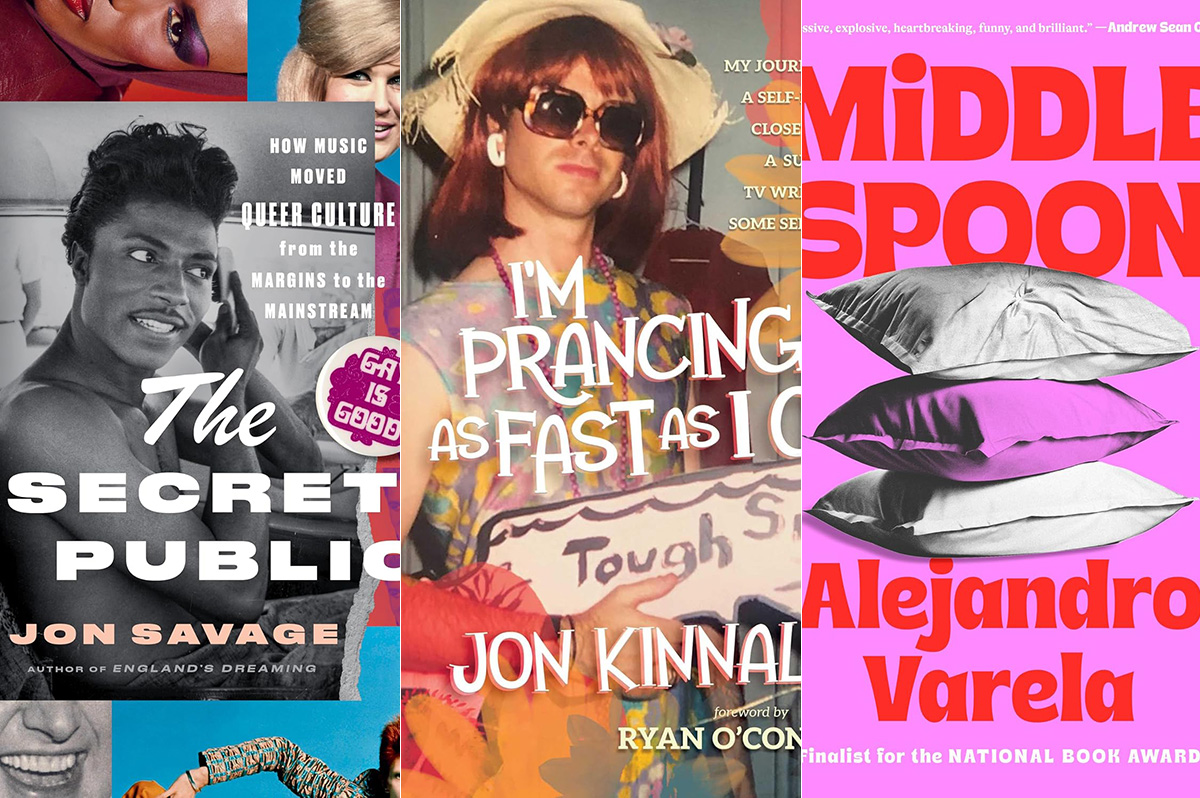
Santa will be very relieved.
You’ve taken most of the burden off him by making a list and checking it twice on his behalf. The gift-buying in your house is almost done – except for those few people who are just so darn hard to buy for. So what do you give to the person who has (almost) everything? You give them a good book, like maybe one of these.
Memoir and biography
The person who loves digging into a multi-level memoir will be happy unwrapping “Blessings and Disasters: A Story of Alabama” by Alexis Okeowo (Henry Holt). It’s a memoir about growing up Black in what was once practically ground zero for the Confederacy. It’s about inequality, it busts stereotypes, and yet it still oozes love of place. You can’t go wrong if you wrap it up with “Queen Mother: Black Nationalism, Reparations, and the Untold Story of Audley Moore” by Ashley D. Farmer (Pantheon). It’s a chunky book with a memoir with meaning and plenty of thought.
For the giftee on your list who loves to laugh, wrap up “In My Remaining Years” by Jean Grae (Flatiron Books). It’s part memoir, part comedy, a look back at the late-last-century, part how-did-you-get-to-middle-age-already? and all fun. Wrap it up with “Here We Go: Lessons for Living Fearlessly from Two Traveling Nanas” by Eleanor Hamby and Dr. Sandra Hazellip with Elisa Petrini (Viking). It’s about the adventures of two 80-something best friends who seize life by the horns – something your giftee should do, too.
If there’ll be someone at your holiday table who’s finally coming home this year, wrap up “How I Found Myself in the Midwest” by Steve Grove (Simon & Schuster). It’s the story of a Silicon Valley worker who gives up his job and moves with his family to Minnesota, which was once home to him. That was around the time the pandemic hit, George Floyd was murdered, and life in general had been thrown into chaos. How does someone reconcile what was with what is now? Pair it with “Homestand: Small Town Baseball and the Fight for the Soul of America” by Will Bardenwerper (Doubleday). It’s set in New York and but isn’t that small-town feel universal, no matter where it comes from?
Won’t the adventurer on your list be happy when they unwrap “I Live Underwater” by Max Gene Nohl (University of Wisconsin Press)? They will, when they realize that this book is by a former deep-sea diver, treasure hunter, and all-around daredevil who changed the way we look for things under water. Nohl died more than 60 years ago, but his never-before-published memoir is fresh and relevant and will be a fun read for the right person.
If celeb bios are your giftee’s thing, then look for “The Luckiest” by Kelly Cervantes (BenBella Books). It’s the Midwest-to-New-York-City story of an actress and her life, her marriage, and what she did when tragedy hit. Filled with grace, it’s a winner.
Your music lover won’t want to open any other gifts if you give “Only God Can Judge Me: The Many Lives of Tupac Shakur” by Jeff Pearlman (Mariner Books). It’s the story of the life, death, and everything in-between about this iconic performer, including the mythology that he left behind. Has it been three decades since Tupac died? It has, but your music lover never forgets. Wrap it up with “Point Blank (Quick Studies)” by Bob Dylan, text by Eddie Gorodetsky, Lucy Sante, and Jackie Hamilton (Simon & Schuster), a book of Dylan’s drawings and artwork. This is a very nice coffee-table size book that will be absolutely perfect for fans of the great singer and for folks who love art.
For the giftee who’s concerned with their fellow man, “The Lost and the Found: A True Story of Homelessness, Found Family and Second Chances” by Kevin Fagan (One Signal / Atria) may be the book to give. It’s a story of two “unhoused” people in San Francisco, one of the country’s wealthiest cities, and their struggles. There’s hope in this book, but also trouble and your giftee will love it.
For the person on your list who suffered loss this year, give “Pine Melody” by Stacey Meadows (Independently Published), a memoir of loss, grief, and healing while remembering the person gone.
LGBTQ fiction
For the mystery lover who wants something different, try “Crime Ink: Iconic,” edited by John Copenhaver and Salem West (Bywater Books), a collection of short stories inspired by “queer legends” and allies you know. Psychological thrillers, creepy crime, cozies, they’re here.
Novel lovers will want to curl up this winter with “Middle Spoon” by Alejandro Varela (Viking), a book about a man who appears to have it all, until his heart is broken and the fix for it is one he doesn’t quite understand and neither does anyone he loves.
LGBTQ studies – nonfiction
For the young man who’s struggling with issues of gender, “Before They Were Men” by Jacob Tobia (Harmony Books) might be a good gift this year. These essays on manhood in today’s world works to widen our conversations on the role politics and feminism play in understanding masculinity and how it’s time we open our minds.
If there’s someone on your gift list who had a tough growing-up (didn’t we all?), then wrap up “I’m Prancing as Fast as I Can” by Jon Kinnally (Permuted Press / Simon & Schuster). Kinnally was once an awkward kid but he grew up to be a writer for TV shows you’ll recognize. You can’t go wrong gifting a story like that. Better idea: wrap it up with “So Gay for You: Friendship, Found Family, & The Show That Started It All” by Leisha Hailey & Kate Moennig (St. Martin’s Press), a book about a little TV show that launched a BFF-ship.
Who doesn’t have a giftee who loves music? You sure do, so wrap up “The Secret Public: How Music Moved Queer Culture from the Margins to the Mainstream” by Jon Savage (Liveright). Nobody has to tell your giftee that queer folk left their mark on music, but they’ll love reading the stories in this book and knowing what they didn’t know.
The Blade may receive commissions from qualifying purchases made via this post.
Books
‘90s club kids will love Mark Ronson’s new book
‘Night People’ part esoteric hip-hop discography, part biography
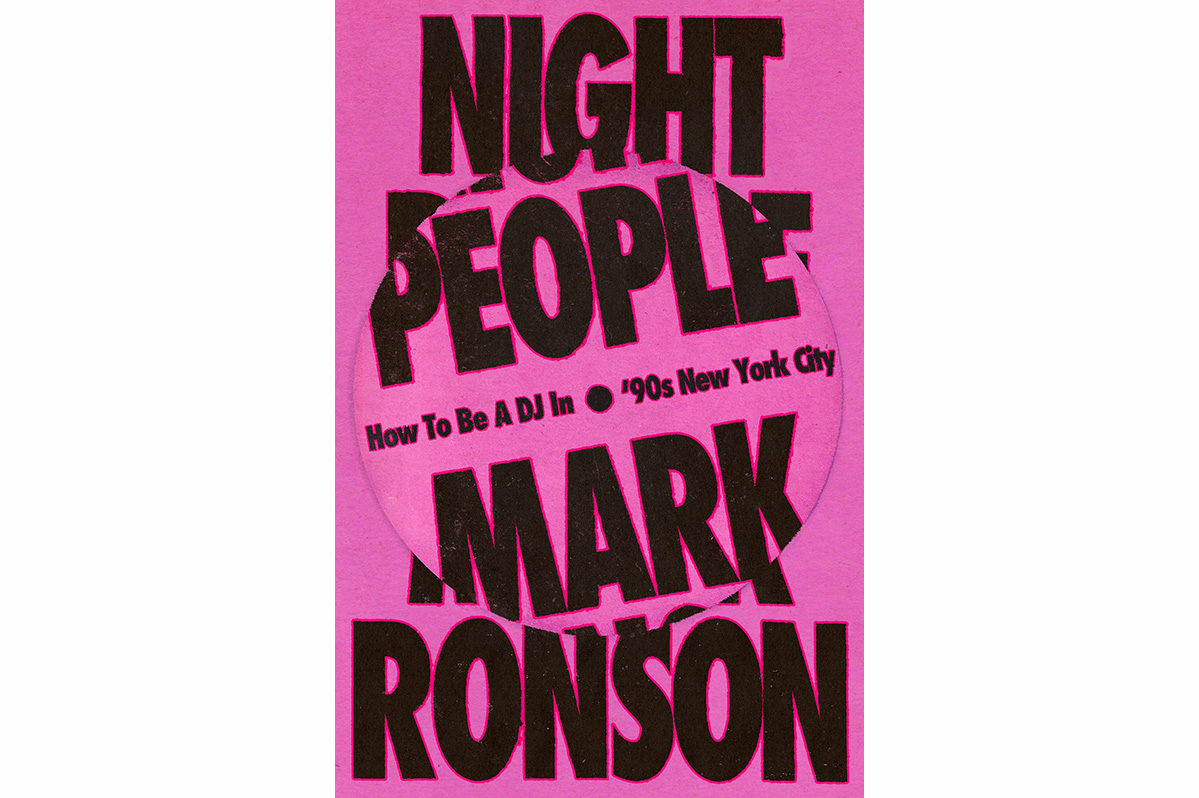
‘Night People’
By Mark Ronson
c.2025, Grand Central
$29/256 pages
You just can’t hold still.
The music starts and your hips shake, your shoulders bounce, your fingers tickle the sky to match a beat. Your air guitar is on-point, your head bops and your toes tap. You can’t help it. As in the new memoir, “Night People” by Mark Ronson, you just gotta dance.

With a mother who swanned around with rock bands, a father who founded a music publishing company, and a stepfather who founded the band, Foreigner, it was natural that Mark Ronson would fall into a music career of some sort. He says he was only 10 years old when he realized the awesome power of music.
As a pre-teen, he liked to mix music in his stepfather’s studio. As a teenager, he formed a band with Sean Lennon that didn’t quite catch on. In the fall of his senior year of high school, Ronson began sneaking into Manhattan clubs to listen to music, dance, and find drugs. It was there that he noticed the alchemy that the DJs created and he searched for someone who’d teach him how to do that, too. He became obsessed.
Finding a gig in a New York club, though, was not easy.
Ronson worked a few semi-regular nights around New York City, and at various private parties to hone his skills. His mother purchased for him the electronic equipment he needed, turntables, and amps. He befriended guys who taught him where to get music demos and what to look for at distributor offices, and he glad-handed other DJs, club owners, and music artists.
That, and the rush he got when the dance floor was packed, made the job glamorous. But sometimes, attendance was low, DJ booths were located in undesirable places, and that totally killed the vibe.
Some people, he says, are mostly day people. For others, though, sunlight is something to be endured. Nighttime is when they when they feel most alive.
Part esoteric hip-hop discography, part biography, part SNL’s Stefan, and part cultural history, “Night People” likely has a narrow audience. If you weren’t deep into clubbing back in the day, you can just stop here. If you were ages 15 to 30, 30 years ago, and you never missed club night then, keep reading. This is your book.
Author Mark Ronson talks the talk, which can be good for anyone who knows the highs of a jam-packed club and the thrill of being recognized for skills with a turntable. That can be fun, but it may also be too detailed: mixology is an extremely heavy subject here. Many of the tunes he names were hits only in the clubs and only briefly, and many of the people he name-drops are long gone. Readers may find themselves not particularly caring. Heavy sigh.
This isn’t a bad book, but it’s absolutely not for everyone. If you weren’t into clubbing, pass and you won’t miss a thing. If you were a die-hard club kid back then, though, “Night People” will make your eyes dance.
Want more? Then check out “What Doesn’t Kill Me Makes Me Weirder and Harder to Relate To” by Mary Lucia (University of Minnesota Press). It’s Lucia’s tale of being a rock DJ in Minneapolis-St. Paul, life with legions of listeners, and not being listened to by authorities for over three harrowing, terrifying years while she was stalked by a deranged fan.
The Blade may receive commissions from qualifying purchases made via this post.
Books
Pioneering gay journalist takes on Trump 2.0 in new book
Nick Benton’s essays appeared in Fall Church News-Press
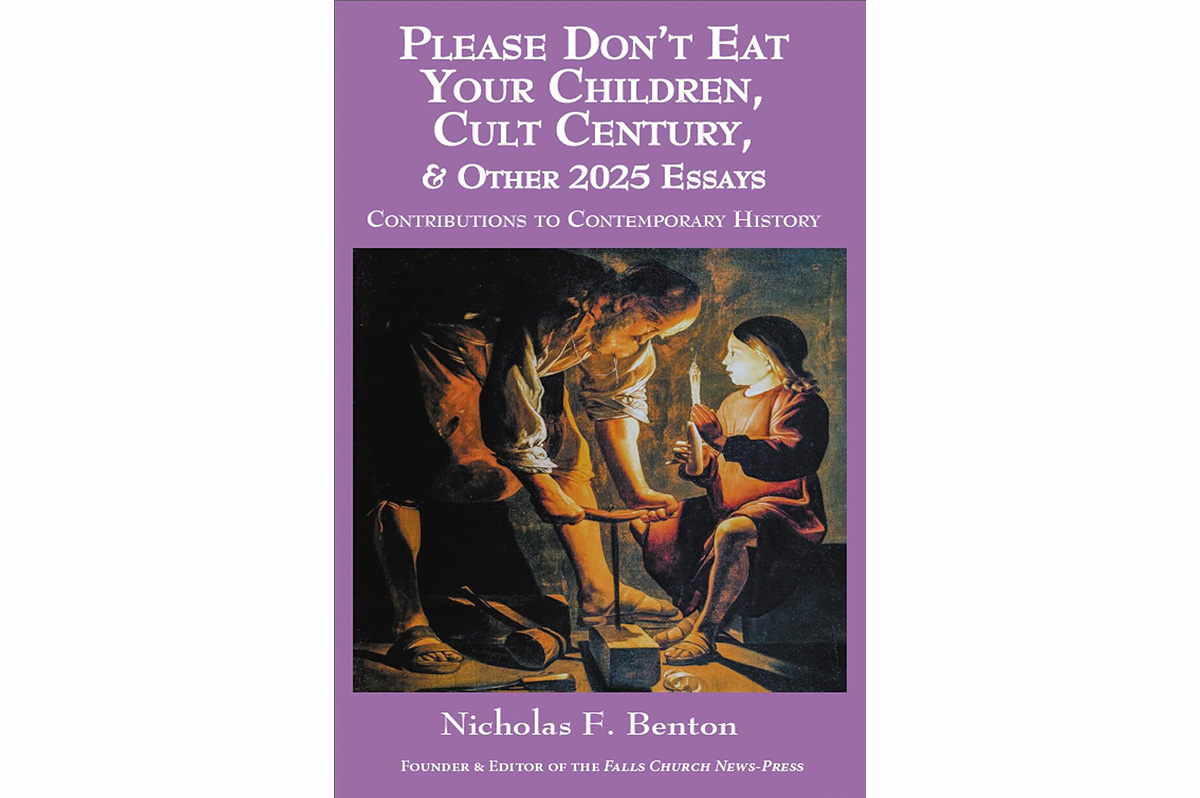
Nicholas Benton is a well-known local LGBTQ advocate and journalist and the longtime owner and editor of the Falls Church News-Press, a weekly newspaper.
In his eighth book out now, Benton offers a new set of remarkable essays all crafted in the first eight months of Trump 2.0 and its wholesale effort at dismantling democracy and the rule of law. Most were published in the Falls Church News-Press, but he adds a new piece to this volume, as an addendum to his “Cult Century” series, revealing for the first time his experiences from decades ago in the political cult of Lyndon LaRouche, aimed at providing a clearer grasp of today’s Cult of Trump.
His “Please Don’t Eat Your Children” set takes off from the satire of Jonathan Swift to explore society’s critical role of drumming creativity out of the young.

Below is an excerpt from “Please Don’t Eat Your Children, Cult Century, and other 2025 Essays.”
Please Don’t Eat Your Children
In his famous short essay, “A Modest Proposal: For Preventing the Children of Poor People in Ireland From Being a Burden to Their Parents or Country and for Making Them Beneficial to the Public,” author and Anglican priest Jonathan Swift (1667-1745) uses cutting satire to suggest that cannibalism of the young might help solve a battery of social ills.
As we examine our broken society today, it seems to me that reflecting on Swift’s social critique can be quite useful. Now we face a nation filled with anger and division and there is little to suggest any real solutions other than insisting people “don’t do that!” We can start out with the observation that young children, left to their own, are neither hateful nor cruel. How do they get that way later on in their lives? What drives them toward such emotional states and behaviors? It is not a problem only for the margins of society, for the extreme misfits or troubled. It is defining the very center of our culture today. Our divisions are not the cause, but the result of something, and nobody is saying what that is.
Swift doesn’t say what it is in his biting little essay. But it is implied by a context of a lack of bounty, or poverty, on the one hand, and an approach to it characterized by obscenely cruel indifference, on the other. He coined the phrase “useless eaters” in defining his radical solution. In Hitler’s Germany, that term resonated through the death camps and some in our present situation are daring to evoke it again as the current administration pushes radical cuts in Medicaid funding.
But while that refers to the old and infirm, mostly, it is the young we are talking about here. The problem is that our society is structured to devour our young and as they begin to find that out, they rebel. Not in all cases is this the practice, of course. Where there is little or no lack, things are different. We nurture our young, as we should, and we love them. Lucky is the child who is born to parents who are of means, and in a community where nurture is possible and valued. But even such children are ultimately not immune from facing a destiny of pale conformity battered by tightly delimited social expectations and debt slavery. If they have enough ambition, education and doors opened for them, some can run the gauntlet with relative effectiveness. Otherwise, our young are raised to die on battlefields, or to struggle in myriad other painful social conflicts aimed at advancing the world of their elders. In the Bible, there is a great admonition against this process that comes at the very precondition for the tradition it represents that begins with Abraham.
It is in the book of Genesis at the beginning of the Biblical story when, as that story goes, God commanded Abraham to kill his son, Isaac, as a sacrifice. As Abraham is about to obey, God steps in and says no. The entire subsequent eons-long struggle to realize Abraham’s commission by God to make a great nation that would be a light to the world would have been cut short right then if Abraham had slain his own son. The message is that all of the Abrahamic traditions, Judaism, Islam and Christianity, owe their source, and in fact are rooted, in God’s command to reject the sacrifice of children to the whims of their elders. The last thousands of years can be best defined in these terms, where nurture is pitted against exploitation of our young with, at best, vastly mixed results. Scenes like that at the opening of “All Quiet on the Western Front,” the World War I novel and film where a teacher rallies a classroom full of boys to enlist in the war, is bone chilling. Or, the lyric in Pink Floyd’s iconic song, Comfortably Numb, “When I was a child, I caught a fleeting glimpse out of the corner of my eye. I turned to look but it was gone. I cannot put my finger on it now. The child is grown, the dream is gone.”
Nick Benton’s new book is available now at Amazon.
The Blade may receive commissions from qualifying purchases made via this post.

















